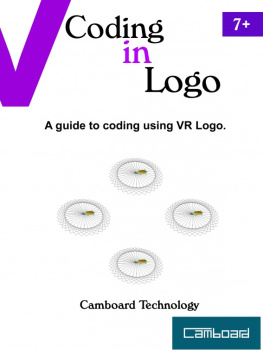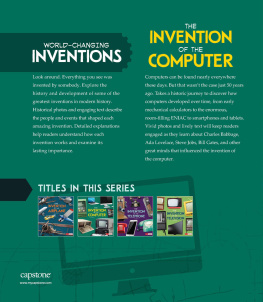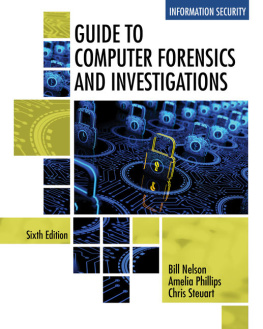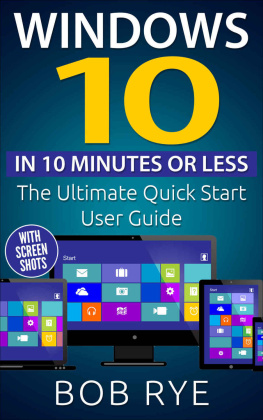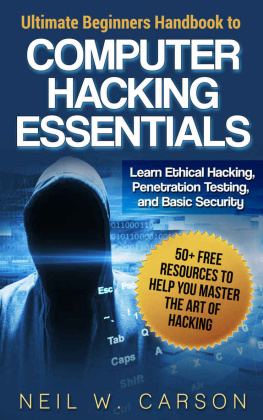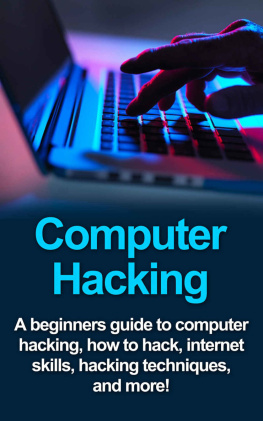How a Computer Works
Copyright 2015 Camboard Technology

Camboard Technology
Cambridge England
www.camboard.com
Age range 11+
Learn more about how a computer works.
How a Computer Works is a colourful guide and reference tool. Packed with stunning graphics this guide brings the inside of a Windows PC to life.
A fascinating and absorbing overview of what's happening inside a computer.
Useful to students or those wishing to learn the mysterious operation of How a Computer Works. The book delves into the operation of the key components of a personal computer. The computers key processes are described in short form. Includes clear diagrams of the main computer parts.
The heart of any computer is the CPU the book explains with clear diagrams the internal operation of an Intel Pentium processor.
Includes comprehensive guides to the main components of your computer.
Explains the technologies that make up a computer.
Explains where all the connections on the back go to.
Because so many Schools and educational establishments use older machines, this book is based on a Windows personal computer with an Intel Pentium processor, the boot up sequence described is for Windows XP and earlier versions.
If you are going to take apart a computer too look inside.
DISCONNECT THE SYSTEM FROM THE MAINS ELECTRICITY FIRST!
Includes 28 chapters which explain the mystery of these technologies:-
Motherboard
PCI Bus
The power on self-test
BOOT Up
CPU
Memory
Hard Drive
CD-ROM
Modem
Printer
Interrupts
FireWire
Expansion Cards
Serial and Parallel Ports
BIOS
Plug and Play
Mouse
Keyboard
Floppy Disk
USB
Scanner
Sound
MIDI
SCSI
Monitor
Copyright 2015 Camboard Technology
ALL RIGHTS RESERVED. No part of this eBook may be reproduced, duplicated, given away, transmitted or resold in any form without written prior permission from the publisher.
Limit of Liability and Disclaimer of Warranty: The publisher has used its best efforts in preparing this book, and the information provided herein is provided "as is." Camboard Technology makes no representation or warranties with respect to the accuracy or completeness of the contents of this e-book and specifically disclaims any implied warranties of merchantability or fitness for any particular purpose and shall in no event be liable for any loss of profit or any other commercial damage, including but not limited to special, incidental, consequential, or other damages.
Trademarks: This e-book identifies product names and services known to be trademarks, registered trademarks, or service marks of their respective holders. They are used throughout this e-book in an editorial fashion only. In addition, terms suspected of being trademarks, registered trademarks, or service marks have been appropriately capitalized, although Camboard Technology cannot attest to the accuracy of this information. Use of a term in this book should not be regarded as affecting the validity of any trademark, registered trademark, or service mark. Camboard Technology is not associated with any product or vendor mentioned in this book.
All trademarks acknowledged
Microsoft Windows is a registered trademark of Microsoft Corporation.
Pentium is a registered trademark of Intel Corporation.
Contents
1. Introduction

Personal Computer

The P.C (Personal Computer) allows many tasks to be undertaken which would otherwise not be possible. From typing a letter to surfing the net the computers versatility has meant many homes and workplaces rely on the computer for everyday tasks. This book delves into the mysterious world of how the computer actually works inside those boxes. Although understanding the precise operation of computer hardware requires detailed technical knowledge, understanding the basics of how a computer works does not.
System Tower

The computer system comprises of several boxes. The main computer is housed in a rectangle box. Inside this box is the motherboard and disk drives.
The drives connect to the motherboard through special ribbon cable. The cable contains many separate wires moulded into a flat wide cable.
Monitor

The monitor is housed in a separate box and plugs into the main system box.
Todays slim line monitors are a far cry from the old large cumbersome cathode ray tube monitors.

Keyboard

Mouse and Mat
The Keyboard and Mouse are housed in smaller boxes that connect to the main system box.
They connect either with a cable to the main system box or by using a wireless receiver that plugs into a USB port of the system box.

Scanner
Additional items like a printer and scanner also connect to the main system box. They connect either with a cable to the main system box or using a wireless receiver that plugs into a USB port of the system box.
Windows

Switching the power on loads the operating system (O.S). In the case of a P.C this would usually be a version of Windows. The O.S is normally loaded from the computers hard drive.
Programs and data files are stored on the hard drive. Selecting them from the Windows Start menu starts programs.
2. Inside the P.C

Case

To protect the fragile P.C (personal computer) against damage it is housed in a case. Different case styles are available. A tower case is useful where desktop space is limited as it can go on the floor. The disadvantage here is accessing the CD ROM/DVD drives to change disks. A desktop case as its name implies sits underneath the monitor and allows disks to be easily accessed. The case is plastic or metal.
Peripherals



